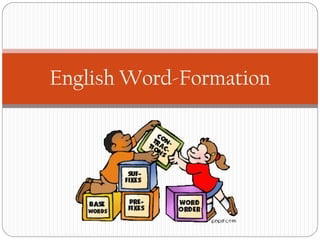Structuralism is an umbrella term referring to multiple related twentieth-century schools of thought dealing with language as a structure, and how that structure in turn influences how humans process thoughts.
Structuralism, a theoretical framework in various fields including linguistics, anthropology, and psychology, emphasizes the importance of understanding structures underlying human experiences. Key points include analyzing language, culture, and thought as systems of interconnected elements, aiming to uncover universal structures that shape meaning and behavior. Notable figures associated with structuralism include Ferdinand de Saussure in linguistics and Claude Lévi-Strauss in anthropology.
Structuralist criticsm analyzes literature on an explicit model of structuralist linguistics. The group includes Russian Formalist like Roman Jakobson, who applied to literature the concepts and and analytical distinctions developed by Ferdinand de Saussure in his Course in General Linguistics( 1915)
Sign = Signifier + Signified
According to Sassure, Language is a system of signs. And the sign is the compilation of signifier and signified. Where Signifier is the sound image or word image that act as a finger pointing to the signified. Signified is the concept, meaning or the thing indicated by the signifier.
There is no natural relationship between these singnifier and signified. They are arbitrary in nature.
Structuralist believes in Binary Opposition. Which means words are structured in its opposition with other words.
Dark is the absence of light
Female, that is not male
Good, that is not bad
Diachronic and Synchronic Studies
These are two important concept in structural linguistics. Diachronic study is the analysis of evolution of language over time. Diachronic linguists traces the history of language, its development and check it's shift in grammar, vocabulary and pronunciation over different periods. Whereas Synchronic study refers to study of language at a particular point in time without considering it's historical development.
Syntagmatic and Paradiagmatic relationship in language.
Syntagmatic relation is a type of semantic relationship between words that co- occure in the same sentence. Syntagmatic relationship between words in sentences are horizontal one.
For Example.
He is a nice guy. In this, 'he' is correlated with 'is' and then to 'a', 'nice' 'guy'.
Paradiagmatic relationship holds the elements of sentence in vertical manner and can be substituted in another given sentence.
Rhyming scheme of Poems are occurred through the Paradiagmatic relationship between words.
For Example
Tom likes mango
Reena loves roses
John hates fruits.
Both syntagmatic and Paradiagmatic relationship operates in phoneme, words, and morpheme.














